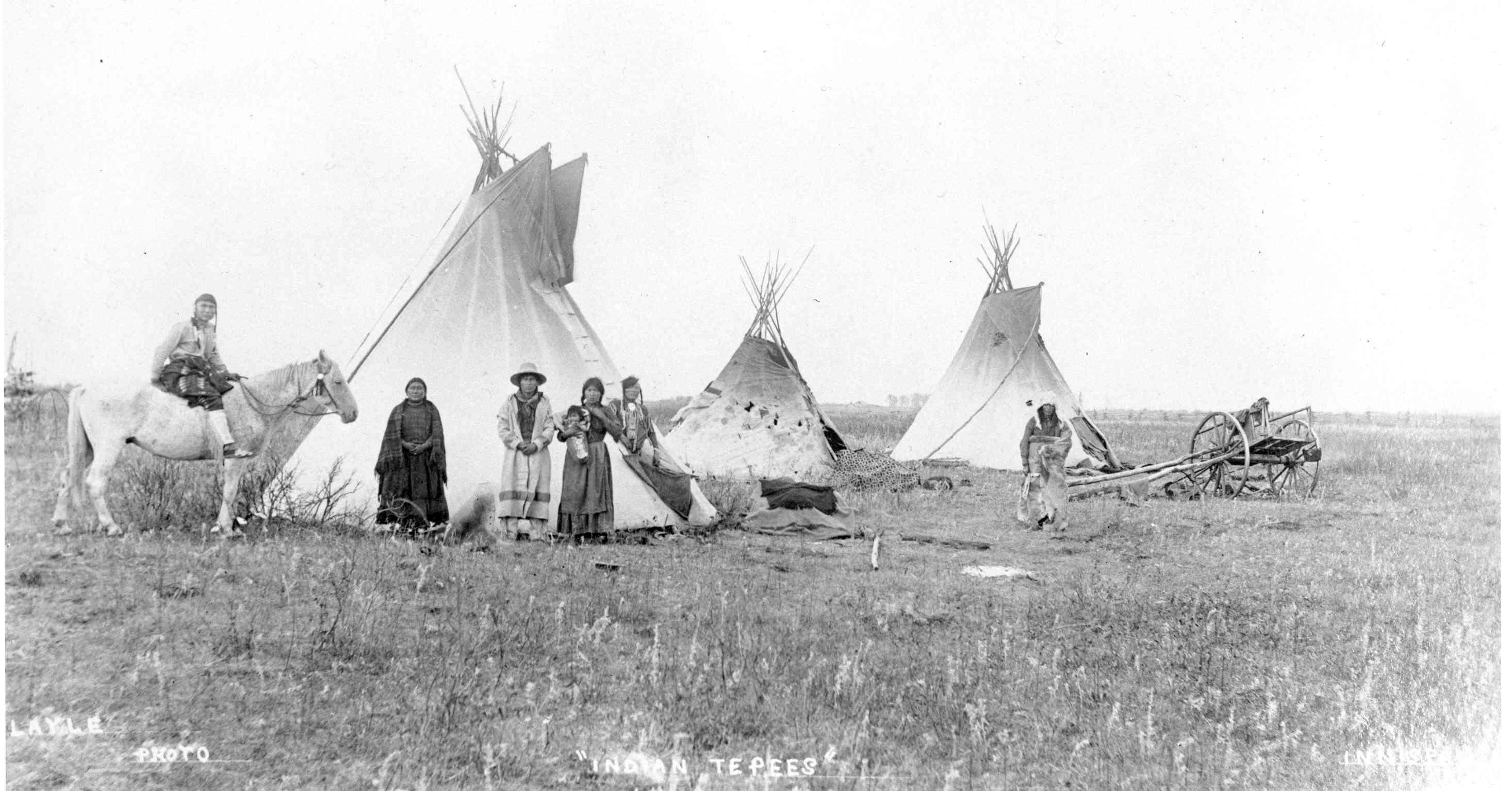June is a wonderful time of year.
The natural world surges back to life after the long winter’s sleep. The land becomes lush and green again. All kinds of flowers break into bloom. The local wildlife nurture a new generation as another cycle of life begins.
Not surprisingly, June 21, the peak of the summer solstice, with its long hours of sunlight, had been an important day for humankind for millennia.
This is particularly true for the First Peoples with their deep understandings of the natural world around them.
Unfortunately, we do not have good records of much of the history of this region, since the great Ice Age came to an end approximately 11,000 years ago and humans began to occupy the land. Much of the information available comes from scattered archaeological digs and educated guesswork. Written records only go back some 200 years, or less than 2% of the time that humans have lived here.
Enough evidence has been found, however, to prove that nomadic hunters traversed this area shortly after the Ice Age came to an end. They hunted along the fringes of the melting glaciers, seeking such big game animals as woolly mammoths, mastodons and giant bison.
Later, as the climate changed and these species became extinct, new ‘lords’ of the plains and parklands came to predominate in massive numbers. These animals are scientifically referred to as ‘bison bison, but are more commonly referred to as the ‘buffalo’.
The hunters quickly learned new techniques to harvest these wonderful sources of food, clothing, utensils and shelter.
Buffalo pounds, where the animals were corralled in order to make them easier to kill, have been discovered throughout South and East Central Alberta.
At least two buffalo jumps, where the animals were driven over cliffs to their deaths, have been discovered just east of the City of Red Deer.
Various campsites, kill sites and burial sites have been discovered or recorded within the current City limits. One of the oldest and best documented archaeological sites within the City was excavated at the top of Piper’s Mountain in Rotary Park. The research showed that Piper’s Mountain has been used by humans for more than 8,000 years.
While the bison or buffalo were abundant in ancient times, another animal that predominated was the elk. The elk or wapiti were so plentiful in Central Alberta that this became known as the elk country to the First Peoples. Their words for the elk remain in use today – the Cree First Nations referred to the animal as ‘waskasoo’ while the Blackfoot First Nations referred to the elk as ‘ponoka’.
It was the first non-natives who mistook the elk for the red deer of Scotland and consequently referred to the region as the red deer country.
There are stories of large elk pounds, south and east of the current site of Red Deer. Also, two large hills, Horn Hill and Antler Hill, got their names from the large piles of elk antlers and bison horns that were placed on their summits.
These mounds are a reflection of the religious and ceremonial significance of the hills to the First Nations. Unfortunately, much of the religious and ceremonial symbolism has now been lost in the mists of time.
Southern and Central Alberta were also dotted with medicine wheels which are carefully arranged circles of stones on the prairie. Again, much of the religious and ceremonial significance of these sites has been lost. However, recent studies have proven that these medicine wheels are aligned to mark the arrival of the summer solstice, yet another indication of the great importance of June 21 to the First Peoples of this area.



